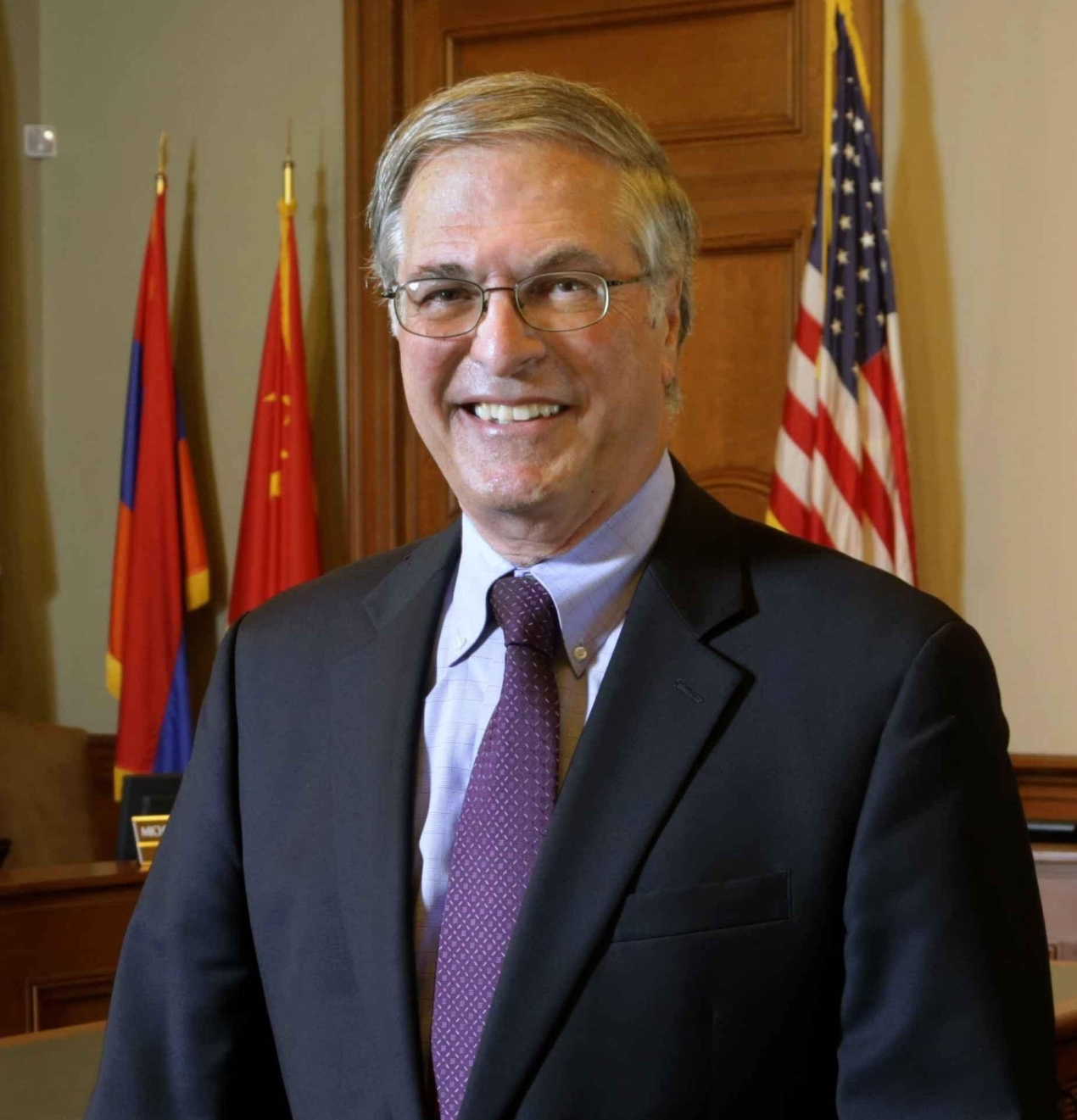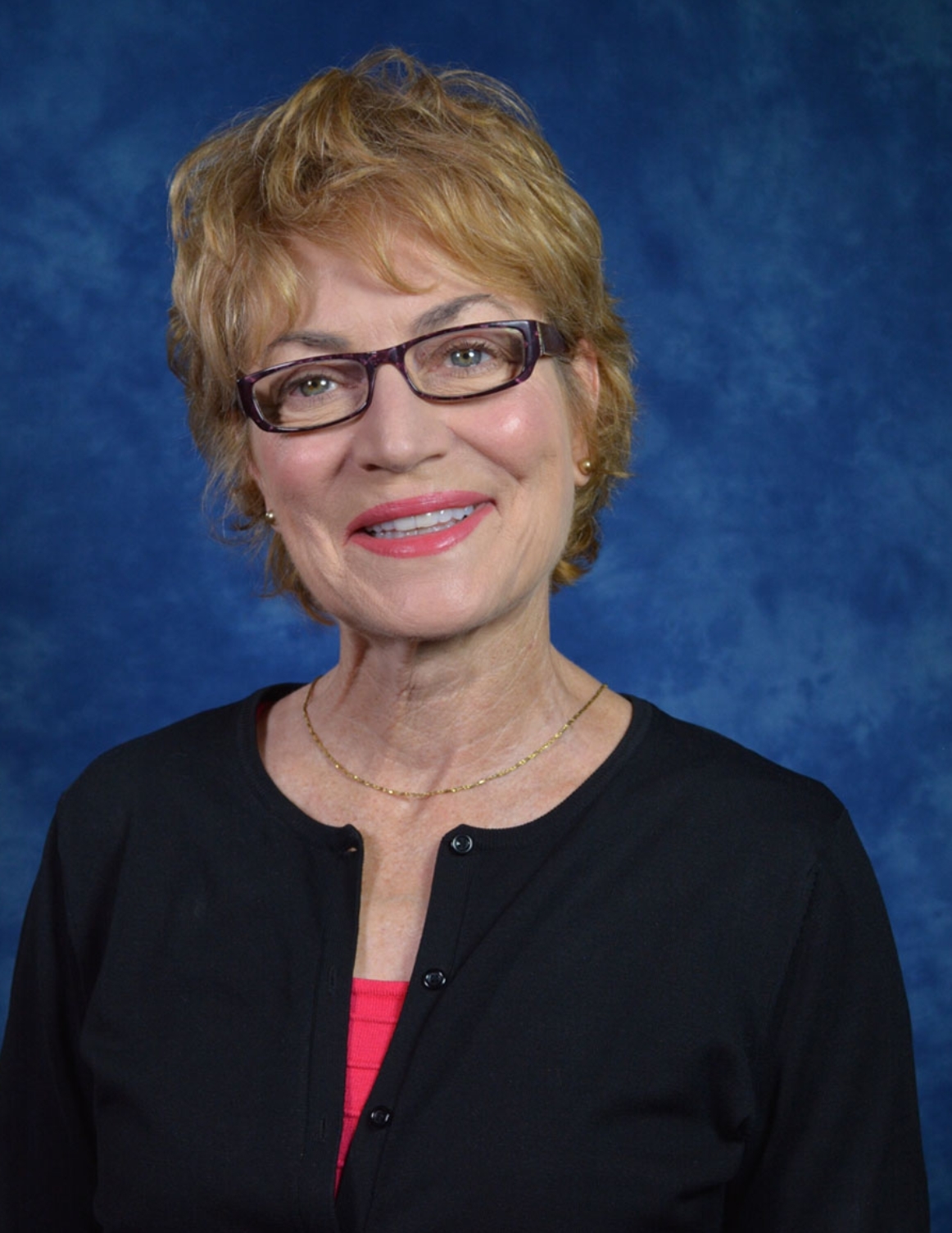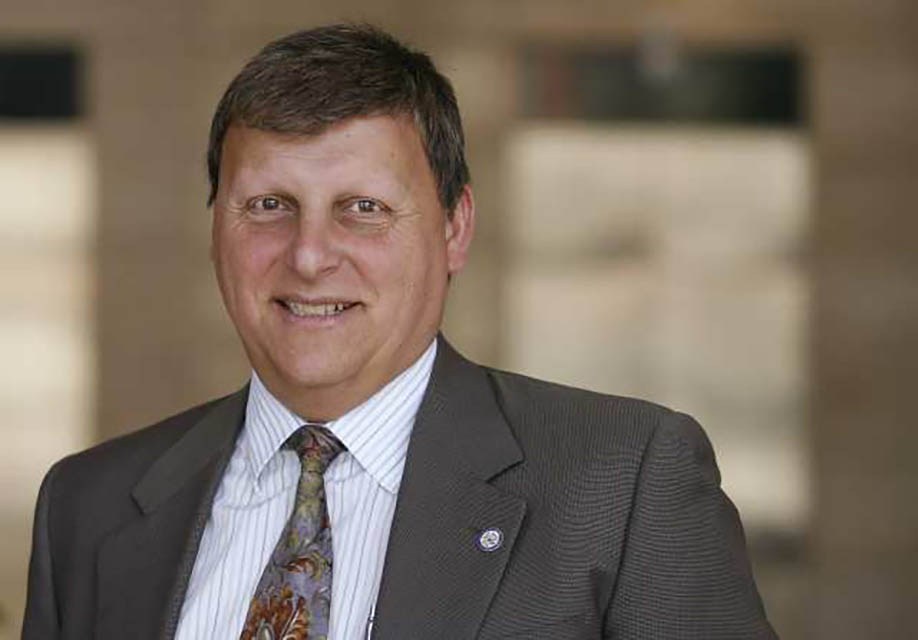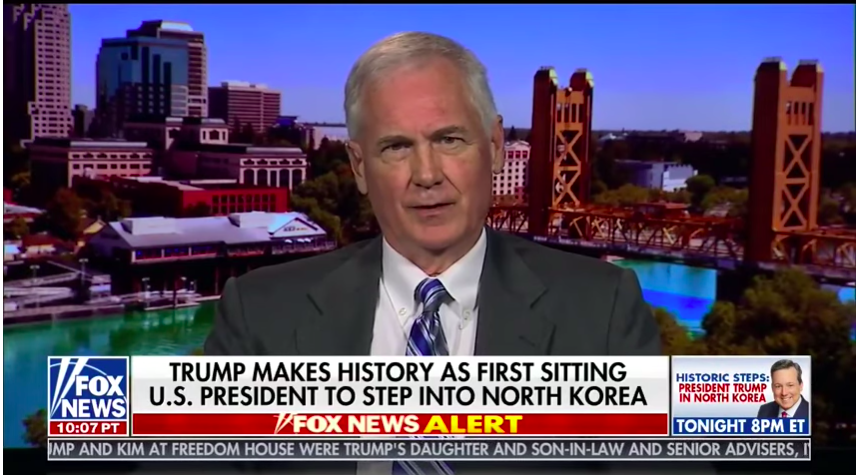
California Globe Interview with Pasadena Mayor Terry Tornek
How one large SoCal city managed to avoid most of the current issues of the state
By Evan Symon, February 6, 2020 2:01 am

Since 2015, Terry Tornek has been the Mayor of Pasadena. A former Pasadena urban planner and a former council member in both Pasadena and Springfield, Massachusetts, Mayor Tornek sat down with the California Globe and discussed his tenure as mayor, what he hopes to do for the city in the future, how Pasadena has managed to avoid most of the issues that other large Californian cities are continuously combating, and issues surrounding the upcoming mayoral election.
Financial Strength

Many Californian cities still haven’t fully gotten out of the Great Recession from over a decade ago. Some, like Stockton, have only recently come out of financial distress. Most, notably San Francisco and Los Angeles, are still running at a deficit. Pasadena managed to get a balanced budget.
“My first and foremost concern after being elected was the financial strength of the city,” said Tornek. “The ability to pay for everything is the driver for all services.
We had to fix accounting and control problems. We actually uncovered a city employee who embezzled $6 million over 11 years. You can’t have that in a healthy government.”
Other California cities also began spending a lot more as soon as the economy improved, but Pasadena held back and stayed financially cautious.
“We eliminated the budget deficit in my first term. The goal now is to keep it. It’s easy to spend, but the smartest thing to do is choose the options that aren’t as appealing.”
“This means that we invest in reserves and put in more capitol investment. This way we’ll have the money in the future.”
“We have a lot of older infrastructure in the city that’s going to need to be repaired in the near future. And if we spend any extra money now, we may not have it for that. So we need to keep adequate financial reserves.”
“If you don’t have adequate reserves, you’re screwed.”
Affordable Housing and Preservation
With most California cities now in a housing crisis with skyrocketing rents, few affordable options, and conditions being so bad that many low-income workers now need to live more than an hour away from cities just to afford rent, Pasadena has largely gotten by. While it’s still very much a contentious topic and many parts of the city have rents above the California average, the city has taken strides earlier than most cities to stop the problem from growing even more.
“I’ve been active in bringing in affordable housing before it became a big issue when I was on the planning commission,” noted Tornek. ” And it now comes down to what people want out of the city. If you want to live a more urban lifestyle you can downtown, and if you want a more suburban lifestyle you can too.”
But what has the city done? After all, this is the same city that has actively fought against many state housing density mandates.
“Pasadena has already enacted measures that go above and beyond what SB 50 wanted. All new multi-family housing in Pasadena has to have at least 20% of the units be affordable. Most cities don’t come near that.”
“We’ve also protected neighborhoods and historic districts. This was based off an ordinance I started in Springfield (MA). I started with protecting and revitalizing Old Town in the 1980’s and moved on from there. Today there are 40 protected neighborhoods. At the same time we are growing with about 500 units added a year, many of which are low-income and affordable units that Pasadena foresaw the need for.”
“A lot of high density projects have been scrutinized as people think that it will be two cars per unit, but we’ve been finding that it’s closer to 0-1 car per unit. There’s tension in Pasadena between those who drive cars and those who like alternate ways like walking or transit. Some have accused me of being in the pocket of ‘big bike’. But we’re trying to make a city where we enhance all forms of transit and we simply entice them to get out of their cars and make other methods look attractive.”
“We don’t need [Assemblyman and SB 50 author] Scott Wiener (D-San Francisco) to tell us what our city needs. The future of the city should not be dictated from Sacramento.”
Homelessness and Non-Profits
Homelessness in California is at an all time high. Nearly 60,000 homeless live in Los Angeles County alone, while San Francisco has anywhere between 8,000 and 18,000. Pasadena? 500 total, with 300 unsheltered. With a total city population around 140,000, it’s one of the lowest rates in the state for larger cities.
“If I’m reelected in March, homeless reduction will be the first priority,” explained Tornek. “Homelessness here went down 20% last year here, and now we’re looking at the trendline to keep it going down. There are 300 people going to sleep outside in Pasadena tonight. That shouldn’t happen.”
“We have a lot of homeless outreach. And it’s not only in city services like police, fire, health, and housing. Our libraries have a homeless intake as many tend to go there.”
“We also put aside $1 million for the Salvation Army to help the homeless here, and we’ve been helped by the non-profits a lot.”
“There are 1,100 non profit charities and organizations in Pasadena, the highest per capita in the world. They give extraordinary help and do a lot of the heavy lifting. Extraordinary help and heavy lifting. Without the non-profits here we wouldn’t have made the kind of progress we’ve had. The city is grateful for the non-profits and we support them. When it comes our low homeless numbers they play a major role. Not many cities can say they have this much help.”
Other Areas
- Crime
While crime is going down across California, including in major cities such as LA, Pasadena has gone from a city with violent gang activity in the 90’s to one of the more peaceful suburbs n only a few decades.
“We’ve focused on use of force and having officers wear body cameras,” said Tornek. “Of the 6,300 arrests in Pasadena last year, only 34 had use of force.”
“The only crime going up in Pasadena right now is porch piracy, and we’re working on that too.”
- Schools
Pasadena has been notorious in years past for having a large private-public school gap stemming from a revolt over desegregation busing in the 1970’s. Since then Pasadena has largely gone private, with many schools closing in the decades since. While Pasadena public schools have lagged behind many other school districts, improvements have been showing.
“When I first ran here I walked every street here asking people what the most important issue was. I didn’t knock on every house, but I walked every street. Pasadena is a lot larger than you think it is.”
“Most people said the schools were one of those important issues. We then put it to the voters on what they wanted, and despite most people either not having kids or having their kids go to a private school, voters overwhelming agreed to more improvements in Measures I and J.”
“Now we’re working on more improvements and re-purposing old school buildings for redevelopment, like new affordable housing.”
“Voters know that you can’t have a first class city without first class schools.”
Pasadena in 2020
With other issues swirling around, such as the development of the 710 Freeway spur site and the expansion of city parks has also kept the city under the attention of many in Sacramento due to the city’s planning and foresight. Many cities in California have begun to model themselves on Pasadena, especially in regards to future housing projects and a minimum number of affordable units.
With numerous large projects and developments coming up at the same time as keeping a balanced budget and staying ahead of many California crises, Pasadena enters the 2020’s on firm ground.
- Bill to Require Law Enforcement Disclosure if AI Was Used To Help Write Reports - August 7, 2025
- Gov. Newsom Files FOIA Request To ‘Expose True Cost’ Of L.A. Federal Troop Deployment for Anti-ICE Riots - August 6, 2025
- California Redistricting: How Newsom’s Plan Will Demolish Hard Fought GOP Gains - August 6, 2025




